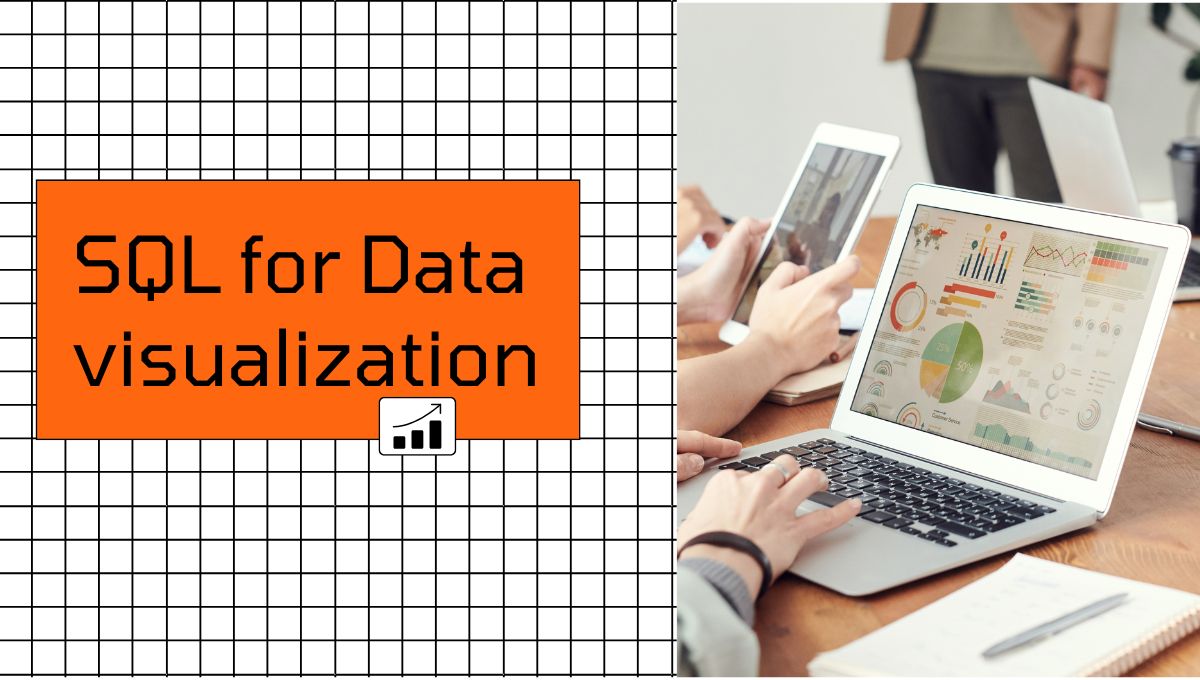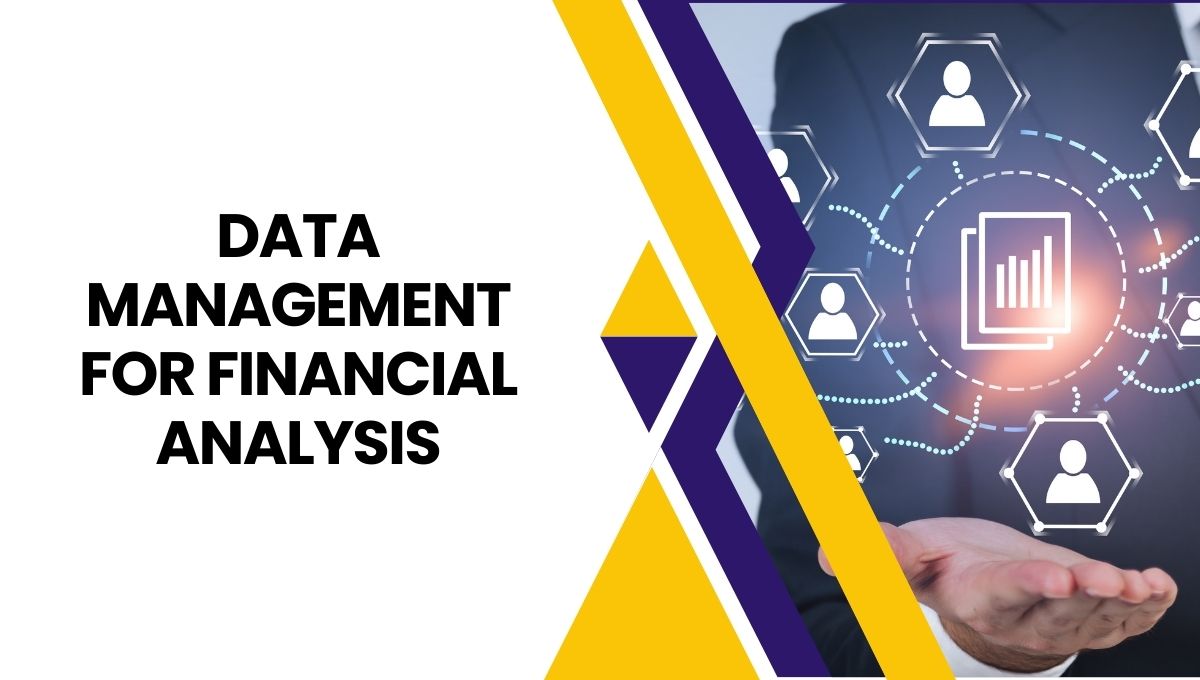The securities market is incredibly dynamic and rapid-paced – accurate insights and data-driven conclusions may culminate in mega wins or losses. Market research can prove to be a lifeline for making sound investment decisions in investment banking, capital markets and financial planning. Market research at the heart of the securities sector essentially boils down to understanding the different methods of valuation, assessment of industry trends, calculation of cash flows, and adopting corporate valuation techniques.
In this blog we will explore the various aspects of security market research – from the corporate valuation, cash flow forecasting, to industry analysis and demonstrate how these can contribute to a more effective understanding of broader market trends and opportunities.
What is Securities Market Research
Market research is gathering, analyzing, and interpreting information related to market conditions, economic factors, competitor performance, and consumer behavior. In a securities market, it attempts to establish profitable investment opportunities, analyze possible risks involved, and predict future stock or bond price movements with commodities and other financial instruments.
Competent market research serves as vital in India’s quickly changing securities market. Competent market research serves as vital in India’s quickly changing securities market. As reported by Statista, the country’s securities market is worth over three trillion dollars in 2023, and that figure is going to keep growing year after year as more investors break into the market. This growth vividly shows the higher necessity for proper market research and valuation techniques.
The Role of Industry Analysis in Market Research
Industry analysis is one of the most essential aspects of securities market research. It involves general grading of health, performance, and prospects of a given industry or sector in the market. For example, if you are planning to invest in technology or pharmaceutical sectors, proper methods of industry analysis can expose the given diverse factors such as regulatory changes or consumer demand to determine the competition panorama factors that shall influence the future performance of that industry.
Financial services, technology, and renewable energy are critical areas of investment interest for investors in India. In a McKinsey report, India’s digital economy will touch $1 trillion by 2028. There is a need for an industry study before investment; thus, various instruments are being used by the industry to conduct deeper investigation into the sectors concerned.
Industry analysis typically involves several methods, including:
- Porter’s Five Forces: This model enables the study of the competitive forces of an industry based on the strength of its suppliers, buyers, threats of new entrants, substitutes, and the intensity of internal rivalry in the industry.
- SWOT Analysis: A simple but powerful method of analyzing the strengths, weaknesses, opportunities, and threats of the industry.
- PESTEL Analysis: This is an outlook on the macro-environment that drives an industry, such as political, economic, social, technological, environmental, and legal forces.
These techniques help researchers discover critical opportunities and threats arising in the particular industry. As a result, they gain deep insight into how market forces will likely impact individual firms or sectors.
Corporate Valuation: Techniques for Assessing Firms
The worth of a corporate entity is defined as all the processes involved in deriving the fair value of equity shares or other comparable securities of the corporation. Valuation informs investors, telling them whether a company’s stock is overpriced or undervalued, therein targeting and modifying the investment decision mechanism.
Among the most common corporate valuation techniques, the following shall be described:
- Discounted Cash Flow (DCF) Analysis
DCF analysis is one of the most widely used techniques of corporate valuation. It forms a method of estimating the present value of future cash flows that the business will make in the future at certain specific rates of return, which are determined as the company’s cost of capital. DCF is excellent for companies that maintain steady cash flows.
Indian technology and infrastructure-based companies are valued most in DCF analysis. For these industries, there is considerable predictability of revenues over periods of time.
- Comparable Company Analysis (CCA)
This approach compares a company to its closest listed peers. P/E ratios, P/S ratios, and enterprise value-to-EBITDA are often used as valuation metrics with respect to peers.
- Precedent Transaction Analysis
This method is based on the comparison of comparable company with others that have been sold or acquired. In this case, valuation relies on the previous sales or acquisitions where prices were paid for insights into what buyers will pay for a similar business.
- Asset-based Valuation
This method revolves around net assets, where the value of a company is derived from the liquidation or fair market value of its assets. Typically, it is applied to companies with financial difficulty or with high physical assets, such as real estate firms.
Cash Flow Forecasting: A Strategic Tool for Valuation
Cash flow estimation is, undoubtedly, an integral part of market research and valuation. Estimation through cash flow gives insight into the financial health of a company besides the ability to pay future obligations. It is highly important in the determination of the intrinsic value of a business; more so for companies whose profit patterns would not be reliable enough.
The estimation of future inflows and outflows of cash will be part of accurate cash flow forecasting. This involves revenues from sales, operating costs, taxes, and capital expenditures. A sound cash flow forecast can help investors evaluate a company’s liquidity and overall financial stability, making it an important part of corporate valuation.
For instance, if one is considering an Indian fintech startup that they would want to analyze, then by the use of market adoption, subsequent regulatory changes, and possible scalability, there is an estimation of possible future cash inflows. All this information may tell you whether the startup is a good idea or whether it will have potential cash inflow problems in the future.
How Securities Market Trends Have Influenced Investment Decisions
It is the trends of a securities market that help financial professionals make investment decisions. Several reasons, including economic growth, interest rates, inflation, and geopolitical events, influence market trends. Trends would be of much help if it is known how the markets or the individual securities are likely to perform in the future.
For example, in India, green energy and electric vehicles are areas where there is a focus, increasing the component of related stocks. Investors keen on securities market trends can invest in these sectors before they become mainstream.
Indian securities market emerging trends include:
- ESG (Environmental, Social, and Governance) investing: As Indian investors become increasingly concerned about sustainability, there is growing ESG investment.
- Digital and Cryptocurrencies: Regulatory difficulties notwithstanding, digital currencies like Bitcoin and Ethereum have been gaining much interest from the investment world.
- Robo-Advisors: This is altering the way individual investors seek out investment advice with the rise of AI-based investment platforms on the horizon.
All these trends will be possible for investors to adjust their strategy, diversify their portfolios, and track out the market movements.
Integration with Investment Banking and Capital Markets
Market research and valuation are integral components of both investment banking and capital markets operations. Investment bankers use market research to advise the clients on possible mergers, acquisitions, and new issues like IPOs. Assets as well as companies should be evaluated properly so that both parties find each other in terms of price and expectations.
For instance, in an IPO, market research is critical in estimating the price at which the shares must be sold. DCF and comparable company analysis are the techniques used in arriving at the price reflective of the corporation’s potential taking into account the interests of investors.
In India’s rapidly growing capital markets, some thorough thinking over holding proper market research and proper valuation techniques would take one through some of the complexities uneventfully flowing over the financial world.
Conclusion
Research and valuation in the securities market have gained much importance in present day and fast changing financial context while making decisions on investments. Starting from the methods of analyzing industries to forecasting cash flows and valuing corporations, the ability to assess companies and the environment has become increasingly important for investors and also people who work within the finance field. Mastery of these techniques will ensure that all who work in investment banking, capital markets, or financial planning across this rapidly changing India scenario stay ahead of the curve.
Whether an institutional investor or an individual who wants to make smart investment decisions, a good grasp of market research principles can help you cut through the complexity of the securities market and consequently map out the right choices for your financial goals.











